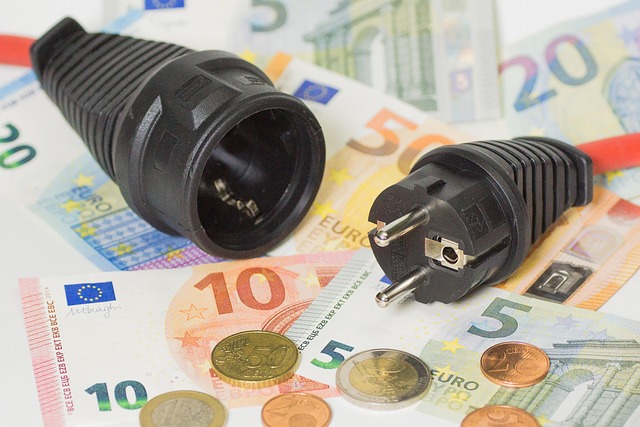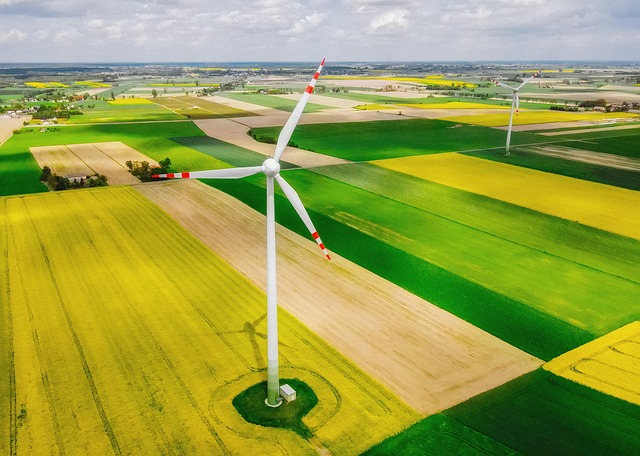
Understanding Clean Energy Technologies: A Beginner’s Guide
In recent years, the devastating impacts of climate change and environmental degradation have prompted society to seek sustainable alternatives to fossil fuels. Clean energy technologies represent a fundamental shift in how we produce and consume energy. This guide aims to demystify clean energy technologies for beginners, providing an overview of what they are, their benefits, various types, and the challenges they face.
What Are Clean Energy Technologies?
Clean energy technologies refer to a range of energy sources and systems that produce power with minimal environmental impact. Unlike traditional fossil fuels, which release significant amounts of greenhouse gases when burned, clean energy sources utilize natural processes that are inherently more sustainable.
These technologies seek to harness renewable resources, such as sunlight, wind, and water, while enhancing energy efficiency. By reducing our dependence on finite fossil fuels, clean energy technologies aim to create a more sustainable and balanced approach to energy consumption.
Types of Clean Energy Technologies
Clean energy encompasses a variety of technologies, each harnessing different natural resources. Here are some of the most prominent types:
Solar Energy
Solar energy utilizes photovoltaic (PV) cells to convert sunlight into electricity. This technology has seen significant advancements in efficiency and cost-effectiveness, making it widely accessible for both residential and commercial applications. Additionally, concentrating solar power (CSP) systems use mirrors to focus sunlight, generating high-temperature heat that can be transformed into electricity.
Wind Energy
Wind energy harnesses the kinetic energy of moving air to generate electricity through wind turbines. Large wind farms can be found both onshore and offshore, providing substantial power generation capacity and contributing to the reduction of greenhouse gas emissions.
Hydropower
Hydropower is generated by harnessing the energy of flowing water, typically through large dams or run-of-the-river systems. It is one of the oldest forms of renewable energy and remains a significant source of electricity worldwide. While hydropower is highly effective, it also presents environmental concerns, particularly regarding aquatic ecosystems.
Geothermal Energy
Geothermal energy exploits heat from beneath the Earth’s surface. It can be used directly for heating or converted into electricity through geothermal power plants. This renewable resource is particularly advantageous in regions with significant tectonic activity, where heat is closer to the surface.
Biomass Energy
Biomass energy is derived from organic materials, including plant and animal waste. It can be converted into biofuels, such as ethanol and biodiesel, or used to produce heat and electricity through combustion processes. While biomass is renewable, its sustainability depends on responsible sourcing and management practices to avoid deforestation and habitat destruction.
Ocean Energy
Ocean energy technologies harness the power of tides, waves, and temperature differences in the ocean. Though still in developmental stages compared to other clean energy technologies, tidal and wave energy harnessing systems are being explored for their potential to contribute to the global energy supply.
Benefits of Clean Energy Technologies
The transition to clean energy technologies offers numerous advantages. Here are some key benefits:
One of the most significant benefits of clean energy technologies is their potential to reduce greenhouse gas emissions. By mitigating the reliance on fossil fuels, clean energy sources can help combat climate change and contribute to global efforts to limit temperature rises.
Clean energy technologies also promote energy independence and security. By tapping into local energy sources, communities can reduce their reliance on imported fuels, thus enhancing energy resilience.
Furthermore, the clean energy sector has become a significant driver of job creation. As investments in renewable energy surge, the demand for skilled workers in manufacturing, installation, maintenance, and research and development grows, contributing to economic opportunities and workforce diversification.
In addition to environmental and economic benefits, clean energy technologies frequently lead to improved public health outcomes. By decreasing air and water pollution associated with fossil fuel extraction and combustion, cleaner air and improved public health conditions emerge, resulting in fewer respiratory and cardiovascular diseases.
Challenges Facing Clean Energy Technologies
While the benefits of clean energy technologies are compelling, challenges remain in widespread adoption and implementation. Some key challenges include:
Infrastructure: The existing energy infrastructure is primarily built around fossil fuels, making it challenging to integrate renewable sources effectively. Upgrading and expanding this infrastructure requires substantial investment and planning.
Intermittency: Many renewable energy sources, such as solar and wind, are intermittent by nature. Fluctuations in energy production due to changing weather conditions necessitate the development of energy storage solutions and smart grid technologies to ensure a stable and reliable energy supply.
Financing: While the costs of clean energy technologies have decreased significantly in recent years, upfront capital expenditures can still be a barrier. Governments, financial institutions, and private investors must work together to create favorable financing models that facilitate clean energy deployment.
Public Acceptance: The transition to clean energy can face resistance from communities that may perceive changes as disruptive or may have concerns about local environmental impacts. Increasing public engagement and education are vital for gaining support for clean energy projects.
The Future of Clean Energy Technologies
The future of clean energy technologies is promising, with ongoing advancements and innovations expected to shape the energy landscape over the coming decades. As technology continues to evolve, we can anticipate improvements in efficiency, cost reduction, and the development of new solutions to the challenges facing the industry.
Governments around the world are beginning to set ambitious targets for renewable energy adoption, aiming to reduce carbon footprints and promote sustainability. Policy frameworks and incentives will play a critical role in shaping the growth trajectory of clean energy technologies.
Additionally, increasing consumer awareness and demand for sustainable products and services is driving companies to invest in clean energy solutions. As more individuals and businesses recognize the importance of environmental responsibility, the adoption of clean energy technologies is likely to accelerate, reshaping the economy and improving ecological health.
Conclusion
Understanding clean energy technologies is essential for navigating the evolving energy landscape. By moving toward sustainable energy sources, we can reduce greenhouse gas emissions, enhance energy security, and foster economic growth. Despite the challenges ahead, the shift to clean energy technologies presents an opportunity to create a healthier planet for future generations. Engaging in discussions, supporting clean energy initiatives, and advocating for policy change are all steps we can take to contribute to a more sustainable future.
With ongoing advancements and increased investment in this area, clean energy technologies stand at the forefront of a transformative energy transition that not only aims to combat climate change but also to empower communities and economies worldwide.



